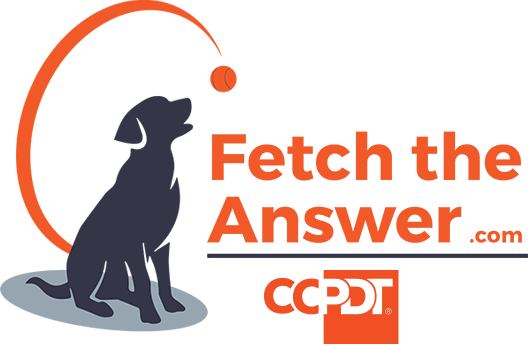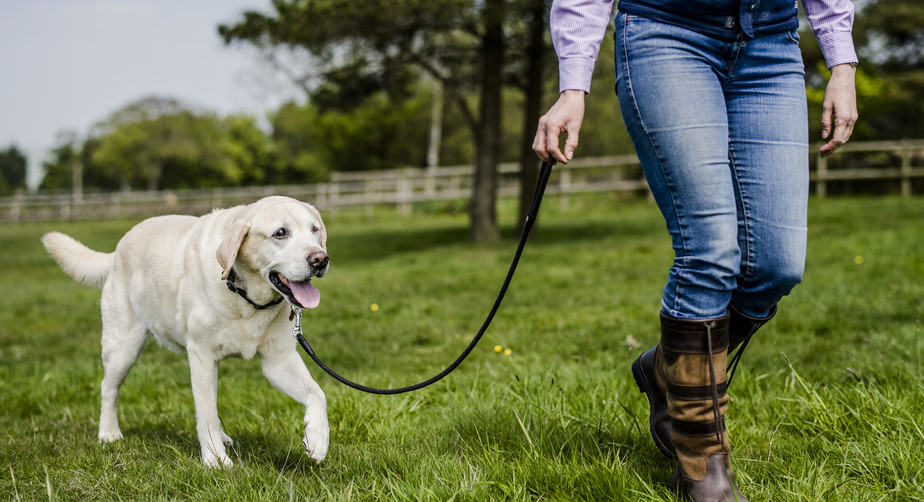Did you know that the field of dog training and behavior consultation is unregulated, except for one county in all of the United States? This means is that any person; regardless of their education, experience, methodologies, philosophies, techniques, or equipment utilized, can call themselves a professional dog trainer or behavior consultant and charge for their services. As a result, consumers will find an endless variety of trainers and behavior consultants that utilize a vast variety of methods and techniques, some of which have been scientifically proven to inflict pain and emotional damage on the dogs experiencing them. As a dog owner, simply looking for solutions and relief to their dog’s training and behavior needs, this can be a difficult course to navigate.
This is why in January of 2019 the CCPDT, IAABC, and the APDT published a joint Standards of Practice and Code of Ethics to give trainers and consultants recommended guiding principles to utilize with canine with which they work. The goal is to aim that trainers and consultants are meeting the standard of using science-based methods. These Standards of Practice and Code of Ethics state that Trainers and Consultants should use only methods that are the Least Intrusive, Minimally Aversive (LIMA) to the animal. This is to ensure that the dogs are not being harmed physically or emotionally in the name of training. Additionally, professionals should follow the guise of the Humane Hierarchy which provides canine professionals a system to follow with every dog with which they work.
The hierarchy is as follows:
1. First factor in the Health, Nutritional, and Physical Factors affecting the dog:
- Deemed healthy by a veterinarian
- Health of the physical environment
2. Control and manage causes of the dog’s behavior to prevent rehearsal of undesired behavior.
3. Use POSITIVE REINFORCEMENT to teach desired behaviors.
4. Teach an acceptable replacement behavior and remove reinforcers for undesired behaviors. *It is recommended that if a trainer has worked through these four steps and has not experienced success, they should refer the client out to another professional.
5. Negative Punishment, Negative Reinforcement, and Extinction
6. Positive punishment
It is important for consumers to carefully screen canine professionals they are looking to hire to evaluate and determine if they abide by LIMA and the Humane Hierarchy and to find out in detail the methods, philosophies, and equipment they utilize in their services. Trainer and consultants that rely on dominance and submission models (often referred to alpha and pack theory) or those who focus on the use of punishment-based methods (choke, pinch, or e-collars) are not meeting the standards or science-based training and consulting. You can visit the following link to help guide you in the process of choosing a trainer and consultant and locating a certified professional in your area.

 FetchTheAnswer.com
FetchTheAnswer.com



